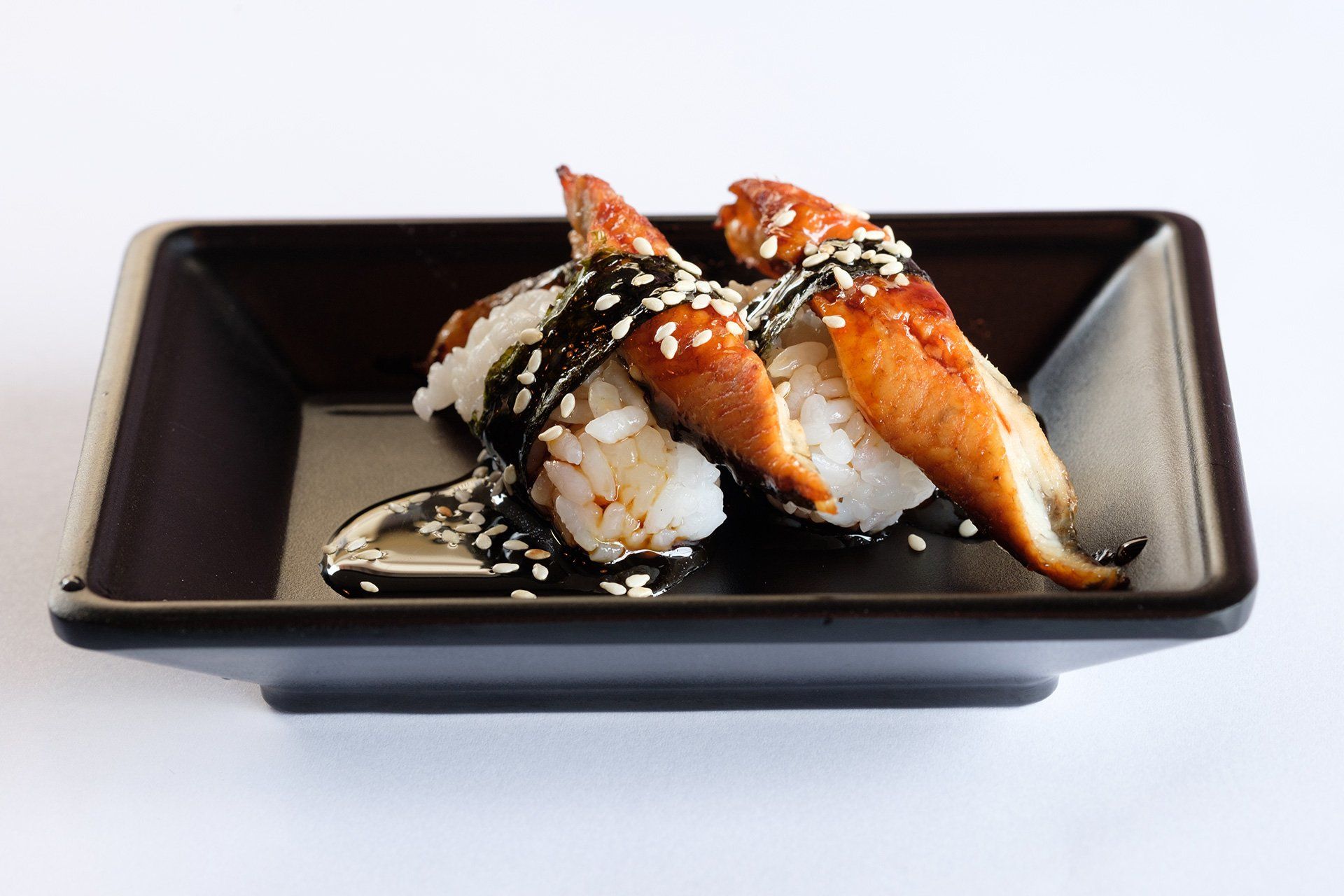
"AI" TBQ Bioresonance for Life
Transforming your health care
with the gENiO SAPIENS system
Temas sobre la Salud
Digestión & Alimentación
Breve resumen
De la boca al estómago
- It all starts in your mouth with your tongue, salivary glands and teeth.
- Saliva is an important part of digestive function as it contains enzymes that are essential to begin preparing food and its nutrients to a minimum.
- The tongue is essential as it detects flavours and textures, and has a strong relationship with the nose, both of which form one of the main senses that the brain identifies and decodes.
- When the food bolus reaches the esophagus, as it goes down, it is prepared and reduced until it reaches the stomach.
From the stomach and small intestine
El estómago recibe al bolo alimenticio el cual se mezcla y degrada con los jugos gástricos formados por: El ácido clorhídrico (el cual es regulado por hormonas como: histamina, somastotina y gastrina), Mucina (gous) y bicarbonato que forman el mucus de la pared del estómago para protegerlo, la quimosina o rennina es un ácido que degrada los lácteos, la lipasa gástrica sintetiza a las grasas y la endoproteasa hidroliza a las proteínas.
Convirtiendo al bolo alimenticio en quimo, siendo reducido para que pase a la 1ª parte del Intestino delgado, o sea, "el duodeno".
- Aquí se realiza la última preparación del quimo para convertirse en el quilo y pueda ser absorbido por la vellosidad intestinal.
El páncreas segrega la pancreatina o jugos pancreáticos en el duodeno, estos jugos están formados por sales minerales, bicarbonato, agua y contienen enzimas como: la proteasa que degrada proteínas, la amilasa que degrada carbohidratos y almidones. La nucleasa y la lipasa que degrada las grasas junto con la bilis.
La vesícula biliar utiliza un conducto (conducto biliar común) que se conecta con el conducto del páncreas (conducto pancreático).
La
bilis es segregada en presencia de lípidos o grasas la cual las hace
hidrosolubles para que puedan digerirse en el resto del intestino delgado.
From the ileum to the colon
- The colon has other functions, not only that of accumulating and transporting excrement, one of these is the absorption of minerals and water.
- The colon has a movement (peristalsis) that helps the waste process to occur cyclically.
- The color, smell, consistency, quantity and number of times a person has to evacuate can give us information about the physical and digestive conditions of our body.
- Knowing how to observe and understand our bowel movements allows us to detect our health conditions in time.
- Most of the problems and diseases of the digestive system are found in the colon, and although it has a great capacity for loading and accumulation, it is necessary to keep it clean and functional.
- The rectum is the last part of the colon and where excrement comes out.
The Intestine and the Immune System
- 80% of the immune system is located in the intestine.
- 95% of neurotransmitters are produced in the intestine.
- The fundamental components for forming hormones are created in the intestine.
- The intestine is where the vast majority of nutrients are absorbed.
- Intestinal problems are related to chronic diseases.
- Bloating, discomfort and severe infections are related to digestive problems, absorption and elimination.
INTERNATIONAL STRATEGIC ALLIANCES























